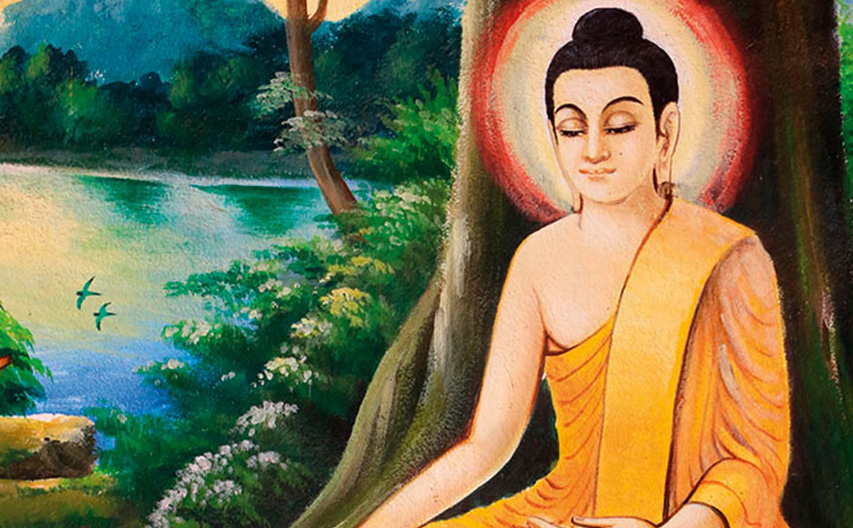The story of Gautama Buddha, earlier called Siddhartha, stands to tell the tales of eternal enlightenment, love, and self-realization. His life, which ranged from being a born prince to becoming one of the greatest spiritual masters, carries immense insight into human life and our quest to seek inner peace. Let us look at some milestones that defined this great voyage.
Birth of a Prince
One day, about 563 BCE, Siddhartha Gautama first saw the light of day in Lumbini, modern Nepal. He was of a royal family descent, born of King Suddhodana and Queen Mayadevi. This queen’s dream, in which, in a vision, an elephant white as snow appeared to her on the eve of his conception, was to prove an omen: the child would turn out to be an emperor or a Buddha, a spiritual leader. His father, believing that Siddhartha was going to be a great king himself, shielded him from harm by surrounding him in comfort and extravagance.
The Four Sights
It is this curiosity that would take Siddhartha, despite the protective confines of the palace, beyond its walls. During his individual excursions, he saw the four sights of an old man, a sick man, a dead body, and finally a wandering ascetic teaching him about sure facts: aging, illness, death, and lastly the possibility of liberation through renunciation. Thus began his awakening and sowed seeds for the quest to understand and conquer human suffering.
Great Renunciation
At the age of 29, Siddhartha took the monumental decision of renouncing his royal life in its entirety, together with his wife Yasodharā and their newborn son Rāhula, to retire into the life of a wandering ascetic in search of satisfactory answers to the questions that haunted him.
Quest for Enlightenment
These experiences led him to study with some of the most famous teachers and to undertake extreme ascetic practices, including extreme fasting. Soon he realized that neither luxury nor extreme self-deprivation brought him nearer to the truth. He decided to follow the “Middle Way,” a path of moderated spiritual practice.
The Night of Awakening
At 35, Siddhartha, under a Bodhi tree in Bodh Gaya, took to meditation, declaring that he would not get up until enlightenment was reached. During the night, all his inner demons and then the magic of the mind–Siddhartha had reached Nirvana toward the morning hours–a real state of understanding and freedom from further birth and death; Buddha, which means “Awakened One,” was now the name given to Siddhartha Gautama.
The Spread of Dharma
Over the next 45 years, Buddha walked throughout the Indian subcontinent and preached the Dharma — the universal realities that he had realized. He was to share the Four Noble Truths, representing the reality of suffering and the cause of suffering and how to be liberated through following the Eightfold Path. In his teaching, he emphasized mindfulness, ethical conduct, and wisdom without partiality towards caste, creed, and even gender.
Mahaparinirvana
Thus, the Buddha has passed into Mahaparinirvana when he was 80 years old in Kushinagar. Physical death was a closure only to a life that was spent dedicatedly in the service of humanity while his preachings and philosophy lived on for ages to come, forming a backbone for Buddhism: a tradition of spirituality, peace, compassion, and self-realization.
Legacy of the Buddha
The life of Buddha himself has been an eternal lighthouse, showing the road to hope and transformation-not merely an eternity of millennial fairies from cosseted prince to spiritual leader but really underlined latent capabilities each of humankind possesses with it. Thus, Buddha proves: It will still be possible to seek and see deep happiness amidst all kinds of simplicity in comprehension, compassion, or just today, in this most driven age of material pleasures.
The story of Buddha does something like daring us to look at ourselves, question our preconceived ideas, and seek out the path to true happiness. As Buddha’s timelessness keeps ringing on, so does it keep showing the seekers the way to a much more intricate liaison with one’s self as well as the universe in general.

